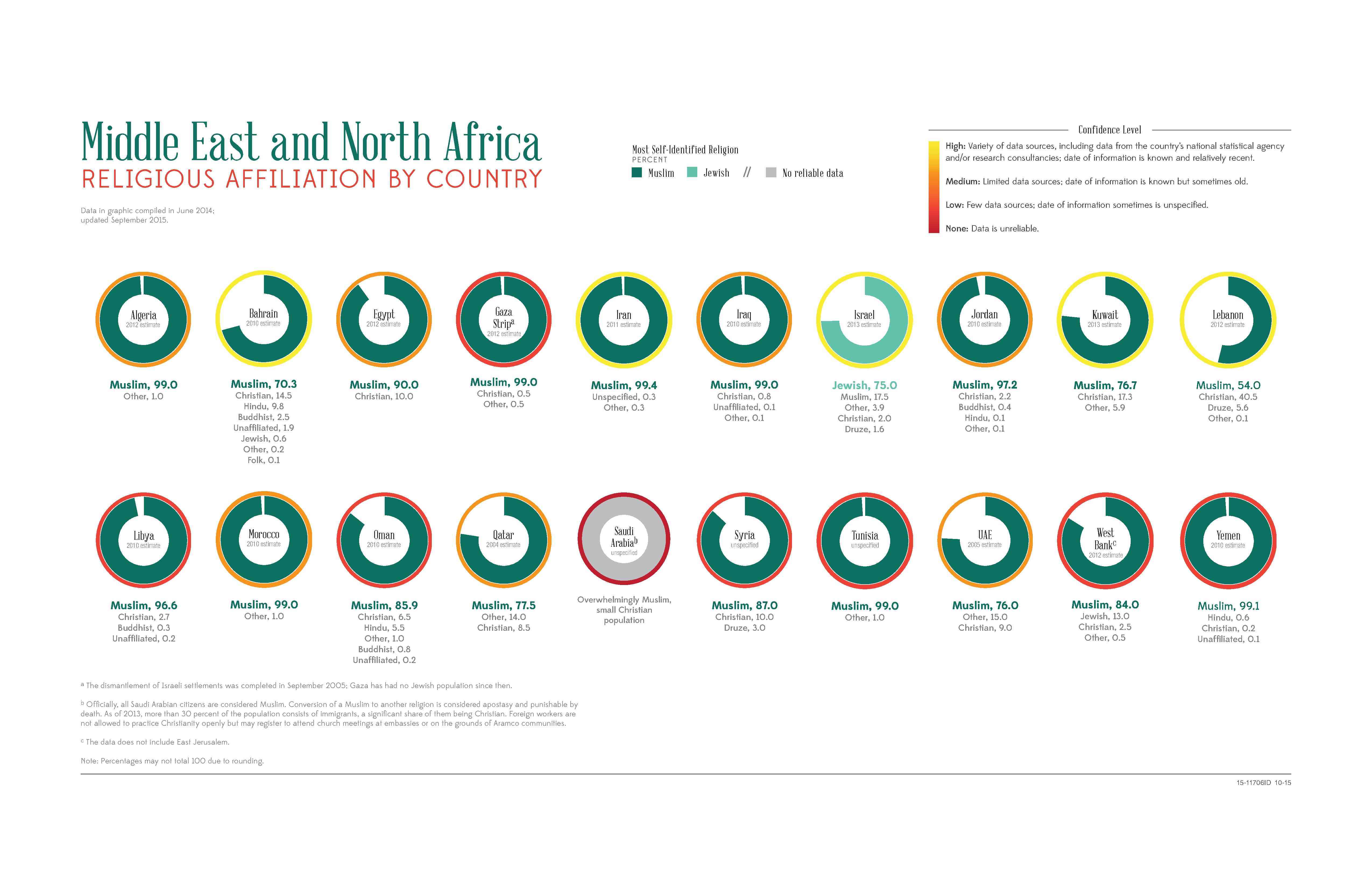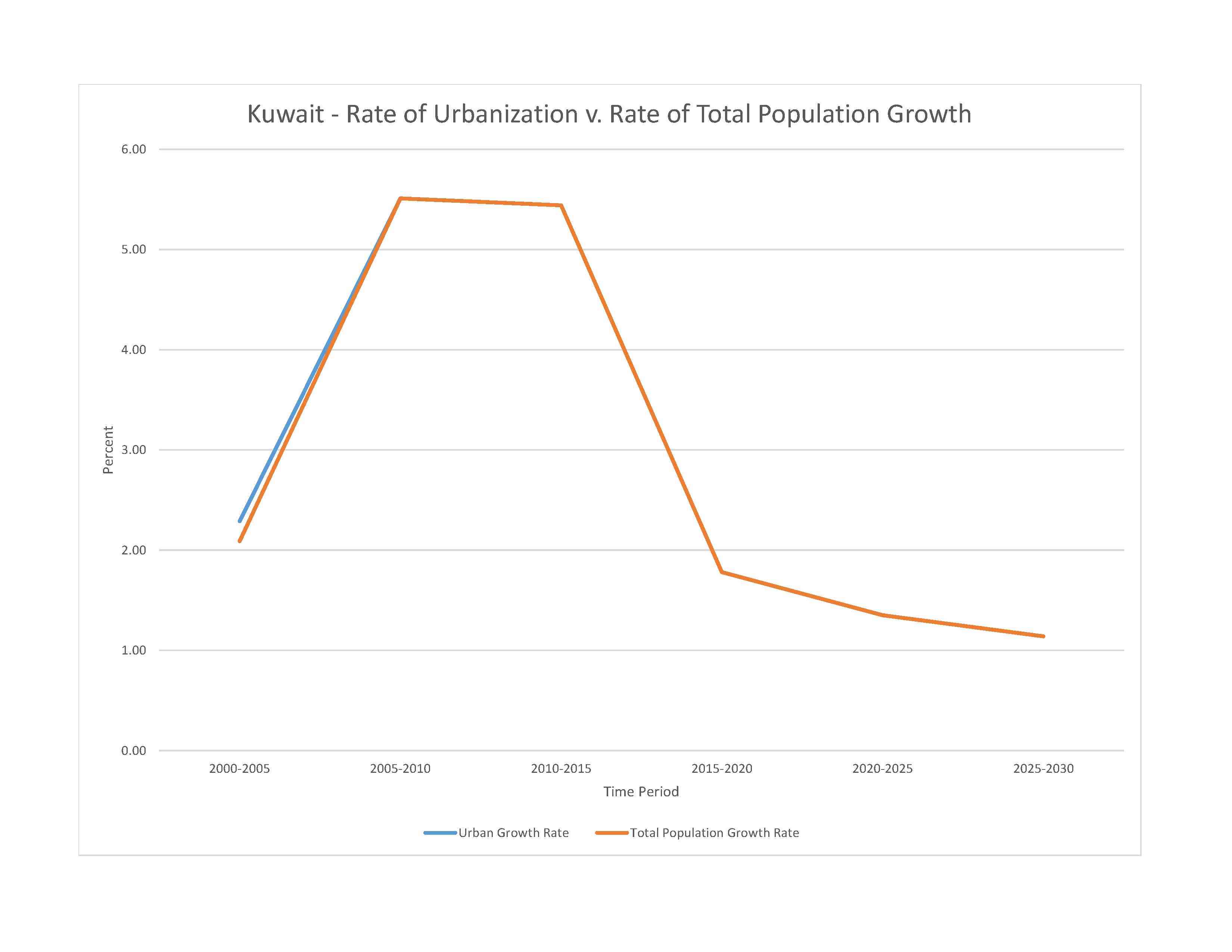
3,103,580 (2023 est.)
note: Kuwait's Public Authority for Civil Information estimates the country's total population to be 4,420,110 for 2019, with non-Kuwaitis accounting for nearly 70% of the population
noun: Kuwaiti(s)
adjective: Kuwaiti
Kuwaiti 30.4%, other Arab 27.4%, Asian 40.3%, African 1%, other 0.9% (includes European, North American, South American, and Australian) (2018 est.)
Arabic (official), English widely spoken
major-language sample(s):
كتاب حقائق العالم، المصدر الذي لا يمكن الاستغناء عنه للمعلومات الأساسية (Arabic)
The World Factbook, the indispensable source for basic information.
Arabic audio sample:
Muslim (official) 74.6%, Christian 18.2%, other and unspecified 7.2% (2013 est.)
note: data represent the total population; about 72% of the population consists of immigrants

0-14 years: 23.32% (male 377,040/female 346,791)
15-64 years: 73.28% (male 1,371,010/female 903,309)
65 years and over: 3.4% (2023 est.) (male 45,351/female 60,079)
total dependency ratio: 34.4
youth dependency ratio: 28.4
elderly dependency ratio: 6
potential support ratio: 24.9 (2021 est.)
total: 30.1 years (2023 est.)
male: 31 years
female: 28.6 years
1.13% (2023 est.)
17.7 births/1,000 population (2023 est.)
2.3 deaths/1,000 population (2023 est.)
-4.1 migrant(s)/1,000 population (2023 est.)
densest settlement is along the Persian Gulf, particularly in Kuwait City and on Bubiyan Island; significant population threads extend south and west along highways that radiate from the capital, particularly in the southern half of the country
urban population: 100% of total population (2023)
rate of urbanization: 1.35% annual rate of change (2020-25 est.)

3.298 million KUWAIT (capital) (2023)
at birth: 1.05 male(s)/female
0-14 years: 1.09 male(s)/female
15-64 years: 1.52 male(s)/female
65 years and over: 0.75 male(s)/female
total population: 1.37 male(s)/female (2023 est.)
7 deaths/100,000 live births (2020 est.)
total: 7.3 deaths/1,000 live births (2023 est.)
male: 7.6 deaths/1,000 live births
female: 7 deaths/1,000 live births
total population: 79.4 years (2023 est.)
male: 77.9 years
female: 80.9 years
2.22 children born/woman (2023 est.)
1.09 (2023 est.)
N/A
improved: urban: N/A
rural: N/A
total: 100% of population
unimproved: urban: N/A
rural: N/A
total: 0% of population (2020 est.)
6.3% of GDP (2020)
2.34 physicians/1,000 population (2020)
2 beds/1,000 population (2017)
improved: urban: N/A
rural: N/A
total: 100% of population
unimproved: urban: N/A
rural: N/A
total: 0% of population (2020 est.)
37.9% (2016)
total: 0 liters of pure alcohol (2019 est.)
beer: 0 liters of pure alcohol (2019 est.)
wine: 0 liters of pure alcohol (2019 est.)
spirits: 0 liters of pure alcohol (2019 est.)
other alcohols: 0 liters of pure alcohol (2019 est.)
total: 17.9% (2020 est.)
male: 33.5% (2020 est.)
female: 2.2% (2020 est.)
2.5% (2020)
59.6% (2023 est.)
6.6% of GDP (2020 est.)
definition: age 15 and over can read and write
total population: 96.5%
male: 97.1%
female: 95.4% (2020)
total: 15 years
male: 13 years
female: 16 years (2015)
NOTE: The information regarding Kuwait on this page is re-published from the 2024 World Fact Book of the United States Central Intelligence Agency and other sources. No claims are made regarding the accuracy of Kuwait 2024 information contained here. All suggestions for corrections of any errors about Kuwait 2024 should be addressed to the CIA or the source cited on each page.
This page was last modified 04 May 24, Copyright © 2024 ITA all rights reserved.